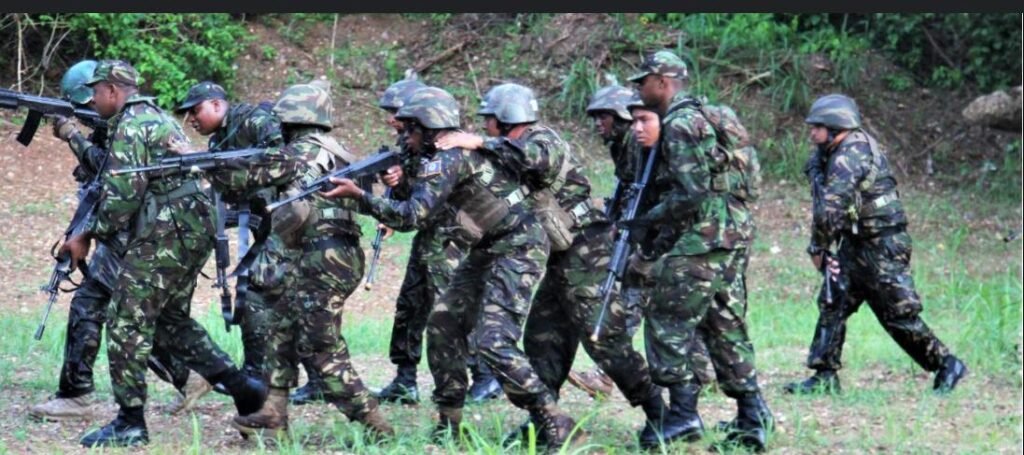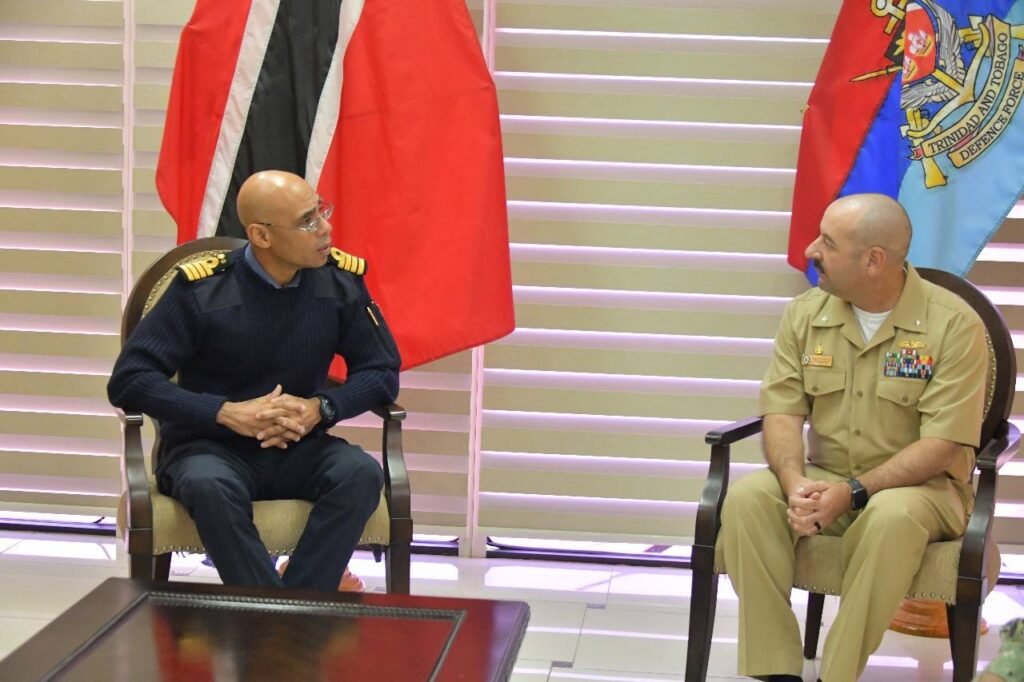
October 31, 2025 – All personnel of the Trinidad and Tobago Defence Force (TTDF) have been summoned to their headquarters, although no official reason has been provided for the call. Widespread curiosity exists across the twin-island nation regarding the exact purpose of the summons, with the media reporting it as a “heightened state of preparedness and ongoing regional security readiness.” Today in Parliament, after hundreds of defence personnel were seen returning to their bases, the Minister of Homeland Security stated that the returns were routine. At the same time, the Minister of Defence declined to comment. The mobilization has caused both anxiety and speculation throughout the southern Caribbean.
According to a report in The Miami Herald earlier today, the Trump administration in the United States is preparing to carry out targeted military strikes on installations inside Venezuela soon. The proposed operations reportedly aim to cripple narcotics networks linked to President Nicolás Maduro’s regime, but the implications extend far beyond drug control.

The Caribbean now finds itself uncomfortably close to the line of fire geographically, diplomatically, and symbolically. Trinidad & Tobago sits 11 kilometres (6.8 miles) from Venezuela’s coastline. Any escalation, even if limited, could trigger unpredictable regional consequences.
From Zone of Peace to Zone of Precariousness
Caribbean nations, a collection of small nations whose soft power lies in diplomacy and stability, are now caught in the middle of bilateral rivalries and shifting hemispheric alliances, which have steadily eroded that serenity.
From the never-ending security crisis in Haiti, to the migration pressures impacting many nation states, to the conflict over the Essequibo between Guyana and Venezuela, and now the spectre of U.S. military intervention in Venezuela, the Caribbean’s paradise, “zone of peace” narrative is fraying. The “peaceful sea” that once defined the region’s identity is giving way to militarized currents: radar installations, troop alerts, and whispered fears of proxy confrontations on Caribbean shores.
Why It Matters
If the U.S. strikes proceed, the immediate risks are real: refugee surges, maritime border violations, or retaliation against United States interests within the Caribbean. But the deeper danger lies in what this moment represents: a region losing control of its own peace, drawn into conflicts not of its making.
Trinidad and Tobago’s mobilisation, therefore, is not just a national precaution; it is a symbol of a Caribbean recalibrating to a harsher world. A recognition that, having backed a side, it may likely have to confront consequences of several types.
The dream of the Caribbean as a tranquil paradise, the place visitors come to unwind, is being tested. The question now is whether regional leaders can steady the course, reassert the Caribbean’s diplomatic voice, and prevent “heightened preparedness” from becoming the new normal.

